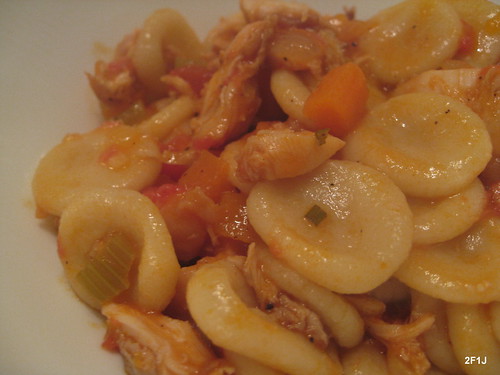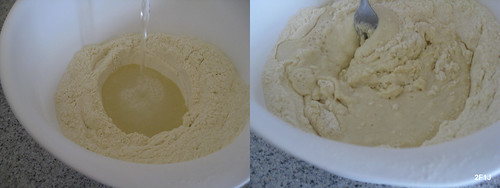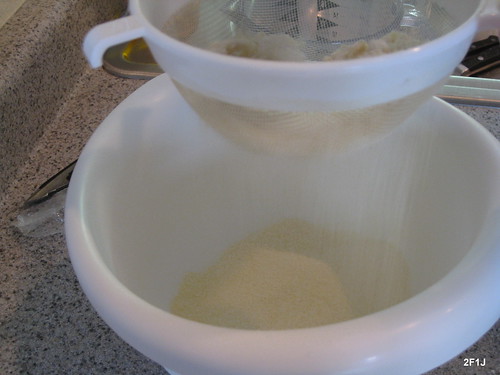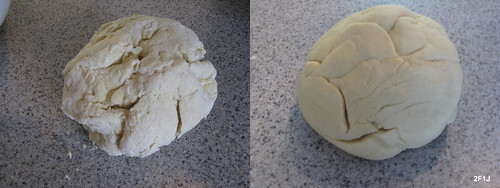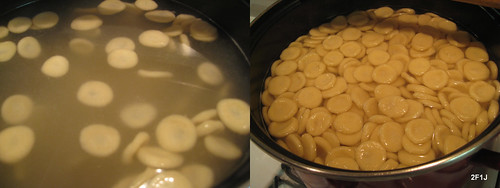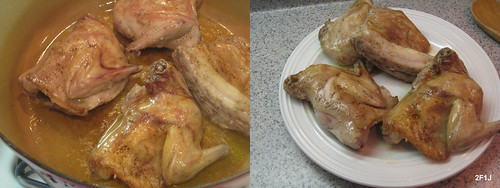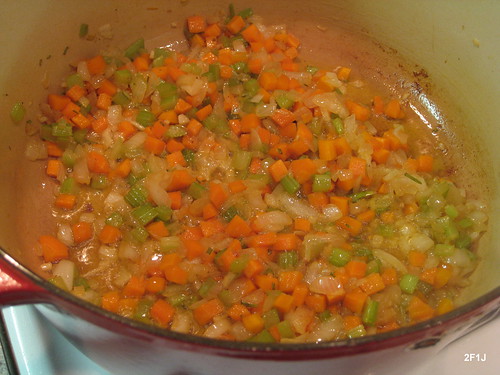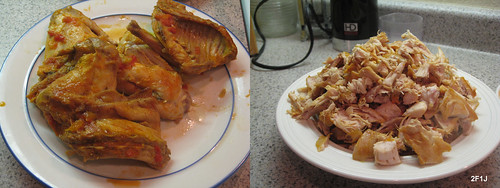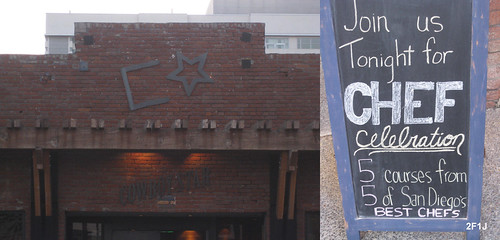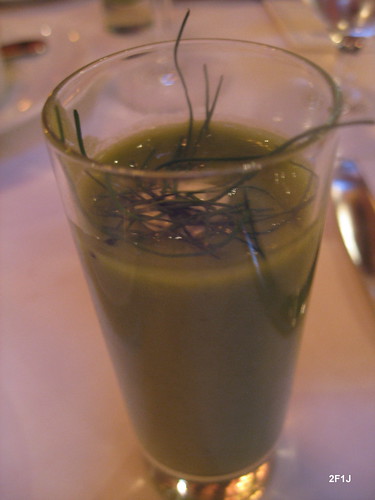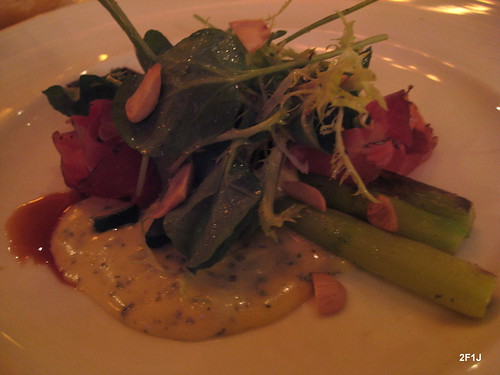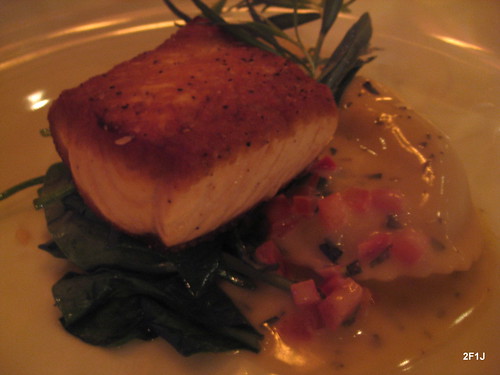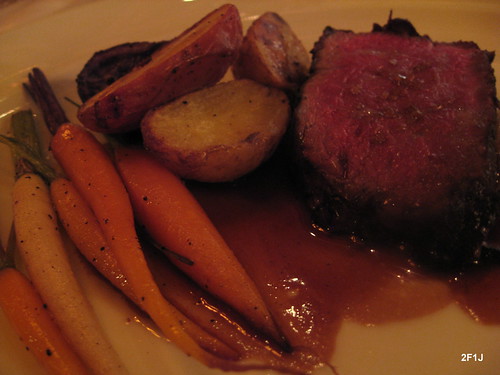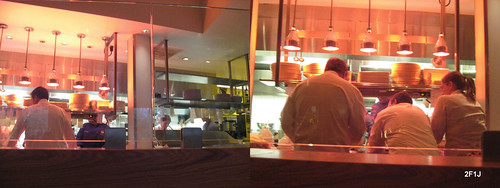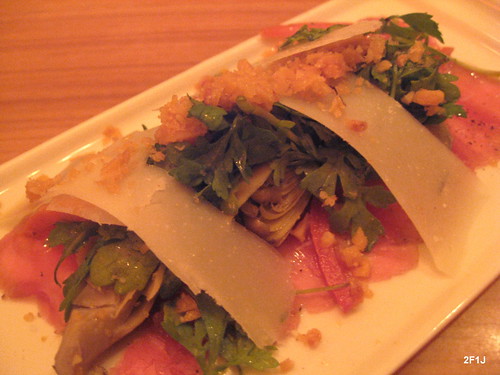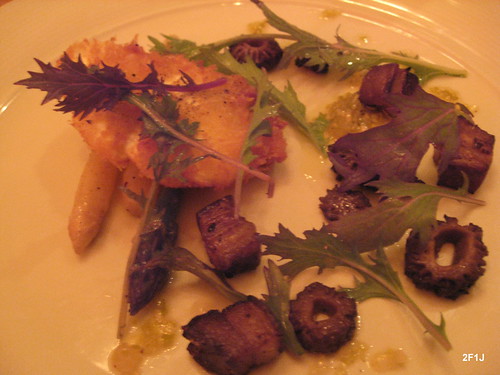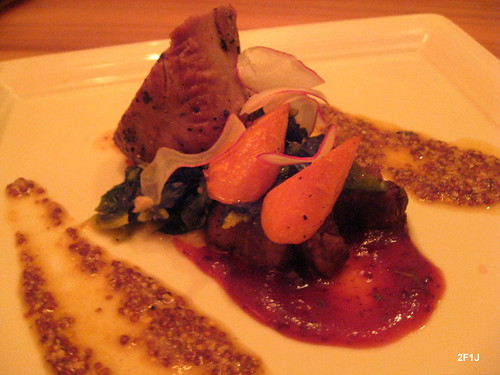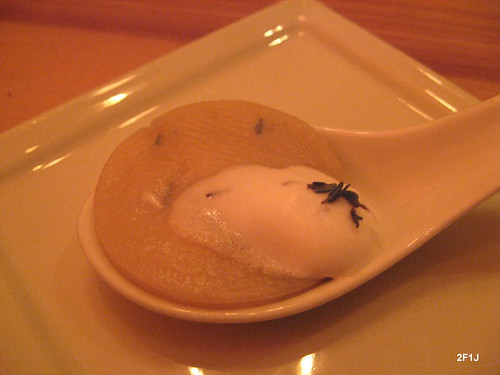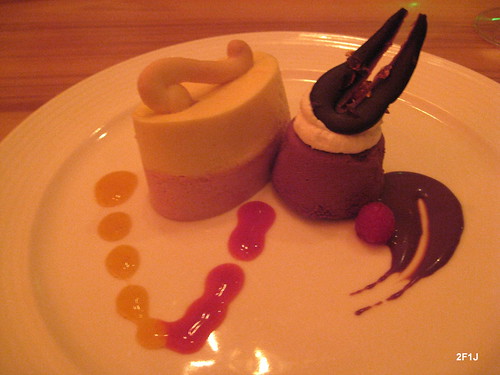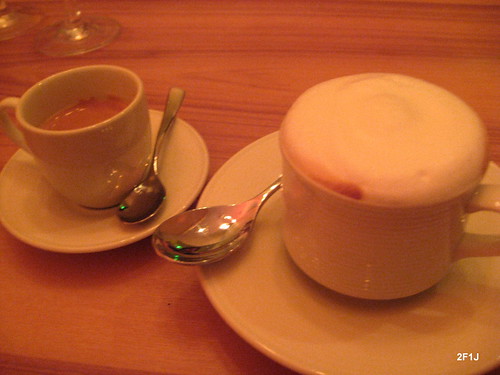Puglia is often known as the heel of Italy occupying the south-eastern part of Italy. Interestingly it is also sometimes called the “California of Italy” according to some sources because of its long stretched shape or because of its comparable climate. Puglia is mainly known for wheat, olive oil and wine. It produces about 40% of all extra virgin olive oil in Italy and about 14% of the entire world’s production. It is also one of the largest wine producing regions of Italy even though most of the wines produced in Puglia aren’t well known outside of the region and are sometimes even shipped to the north to improve the wines of the cooler regions. Beside winegrowing wheat fields are prominent in Puglia especially durum wheat which is milled to semolina. Semolina is one of the most used flours in Italy to make pasta.
The cuisine of Puglia is sometimes described as “La cucina pugliese nasce come cucina povera” – The cuisine of Puglia was born as the cuisine of poverty. This is also noticeable from the region’s most famous pasta – orecchiette. In contrast to many other pasta varieties in Italy orecchiette are made without any eggs.
Pasta is one of these ingredients which you can buy in the supermarket and it will give you good results but if you make it fresh at home it will really bring any dish to the next level. Pasta-making can be quite time consuming and we don’t make it as often as we would like and normally only with dough which includes eggs. When we saw this recipe for eggless orecchiette with rabbit ragu we were intrigued to try it and compare it to our standard dough. It turned out that the eggless dough is easier to work with and creates some outstanding pasta.
Orecchiette with rabbit ragu
In Puglia you will get orecchiette often served either with vegetables or some rabbit. Rabbit is often characterized as tasting like chicken but we think it is oversimplified. Rabbit has a slight gaminess which makes it distinctively different from chicken. This ragu was a good way to accentuate this taste and we really liked how the flavors melded in this dish to give a light but still substantial ragu. But the star of the dish were the orecchiette – perfectly al dente with the right thickness and shape to carry the rabbit ragu. One of the best pasta we made so far.
Homemade orecchiette
Mix semolina flour, flour and salt in bowl and make well in center and add lukewarm water. Slowly stir in flour using a fork until a dough forms. (Not all flour will be incorporated).
Transfer dough to work surface. Sift remaining flour mixture through sieve into another bowl and discard all clumps.
Knead dough for about eight minutes until it becomes smooth.
Divide dough into eight pieces and wrap each piece in plastic wrap and let stand for one hour at room temperature.
Take one unwrapped piece of dough and roll under palms on work surface into a ½ inch thick rope about 2-3 feet long. Cut rope into 1/3 inch pieces. Lightly toss with some of the remaining flour mixture.
Put one piece of dough cut side down on work surface. Dust thumb with flour mixture and press down on dough, pushing away from you and twisting thumb to form a curled shape. Transfer to tray lined with clean kitchen towels, dust with some additional flour.
Repeat previous step with remaining cut pieces and all seven remaining dough balls to get many trays of fresh orecchiette.
Bring pot of well salted water to boil and drop orecchiette carefully into boiling water. Cook until al dente for about 4-5 minutes. Orecchiette will start to float when they start to become al dente.
Recipe adapted from “Gourmet Today”
Serves 4-6
Pasta dough:
350 g (12.5 oz.) semolina flour
280 g (10 oz.) all-purpose flour
Pinch of salt
240 ml (1 cup) lukewarm water
Season rabbit pieces with salt and black pepper. Heat 4 tbsp olive oil over medium high heat and brown rabbit in two batches for four minutes on each side. Transfer pieces to platter.
Add three more tbsp olive oil and sauté onions, carrots, celery, garlic, bay leaves, rosemary and ¼ tsp salt for about 10 minutes until vegetables are starting to brown.
Add wine, bring to a boil and, while scraping off any brown bits, let nearly all liquid evaporate.
Add tomatoes, broth and ½ tsp salt and bring to boil. Return rabbit pieces with all accumulated juices and try to cover the rabbit pieces as good as possible with the cooking liquid. Cook for about 20 minutes and turn occasionally.
Transfer saddle pieces to platter and cook remaining rabbit pieces for ten more minutes before also transferring to platter. Remove cooking pot from heat. Remove all meat from bones and cut into small pieces.
Return meat with all juices to pot, bring carefully to boil and adjust seasoning with salt and black pepper. Discard bay leaves. When orecchiette are al dente combine ragu with pasta. Serve with Parmigiano Reggiano.
Rabbit ragu
1.5 kg (3 lbs) rabbit, cut into 8 pieces
7 tbsp olive oil
1 large onion, finely diced
2 carrots, finely diced
2 celery ribs, finely diced
2 garlic cloves, finely diced
2 bay leaves
1 tsp fresh rosemary, finely chopped
1 cup dry white wine
1 can (28 oz) whole tomatoes in juice, drained and chopped
240 ml (1 cup) chicken broth
Parmigiano Reggiano, finely grated
